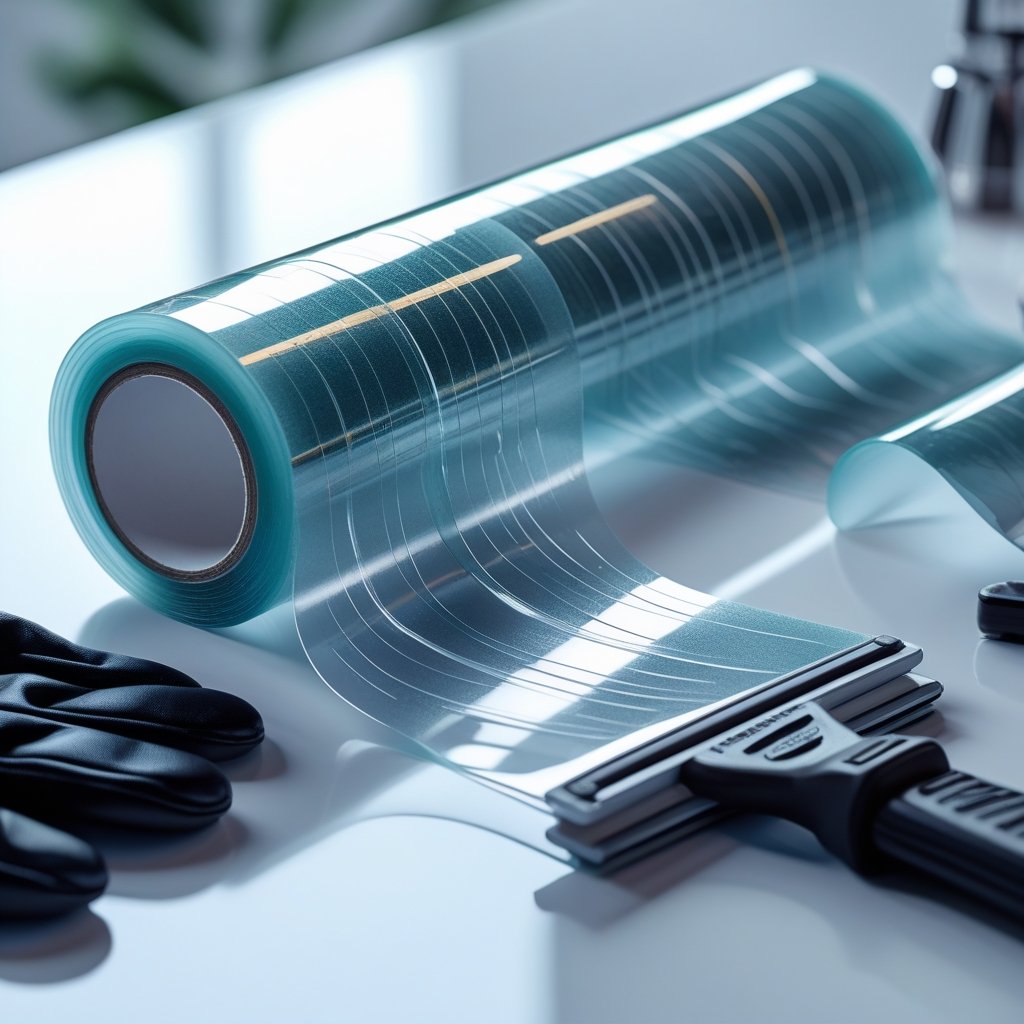
Knifeless Tape Benefits and Applications in Vehicle Wrapping
Knifeless Tape vs. Cutting Blades: Which is the Best Tool for Vinyl Wrapping?
Have you ever struggled with cutting vinyl or wrap materials without risking damage to the surface underneath? Knifeless tape offers a clever answer to this common problem. It allows users to cut through film precisely without using sharp blades, which means no more accidental scratches or paint damage.
Knifeless tape is a flexible, adhesive strip with a built-in cutting filament that creates clean, smooth cuts without needing a knife. This makes it ideal for detailed designs, tight curves, and complex surfaces. It is widely used in vehicle wrapping, signage, and other applications where precision and safety are essential.
One of the most popular options, 3M Knifeless Tape for vinyl wraps, allows precise cuts without using a blade →
Using knifeless tape saves time and reduces the risk of costly errors during installation. Its ability to stretch and follow contours makes it a much safer and more reliable alternative to traditional cutting tools for professionals and hobbyists alike.
Key Takeways
- Knifeless tape cuts vinyl without damaging surfaces underneath.
- It is flexible enough for curved and detailed designs.
- It improves safety and saves time over using blades.
What Is Knifeless Tape?
Knifeless tape is a helpful tool used mainly for cutting vinyl wraps and graphics on vehicles. It allows for precise, clean cuts without using a sharp blade. This protects the paintwork underneath and makes applying vinyl easier, even on curved surfaces. Understanding the types, how it works, and its key features helps users get the best results.
Types of Knifeless Tape
There are several types of knifeless tape, designed for different tasks in vinyl wrapping. Two popular styles include Finish Line and Design Line.
Finish Line tape is thinner and best for creating sharp, straight cuts on edges and panels.
Design Line tape is thicker and more flexible, suitable for intricate shapes and curves.
Some brands, like 3M, offer variants with high-strength filaments to cut various vinyl thicknesses. Choosing the right tape depends on the shape of the surface and the detail needed for the design.
How Knifeless Tape Works
Knifeless tape uses a built-in cutting filament inside an adhesive tape strip. The user places the tape along the desired cutting line, then applies vinyl wrap over it. Once the vinyl is stuck in place, pulling on the tape’s filament pulls it through the vinyl film.
This action slices the wrap cleanly without touching the vehicle’s paint or base material. This method avoids risks from using knives, such as scratching or cutting too deep.
The tape stays in place securely during application, and the cut line follows curves or edges accurately, making it easier to work on detailed or rounded vehicle parts.
Explore more from our range of complete vehicle wrapping tools to make installations seamless →
Key Features and Benefits
Knifeless tape offers several important advantages:
Paint-safe cutting: No blades touch the car, so there’s no risk of damage.
Precision: Cuts are clean and exact, even along curves and tight corners.
Ease of use: It works quickly and reduces the need for complicated cutting tools.
Versatility: Suitable for wraps, decals, and graphic designs on various surfaces.
Material saving: Minimises waste by avoiding mistakes during cutting.
These benefits help professionals and DIY users improve the quality and speed of vehicle wrap jobs, while keeping the original paint in good condition.
Applications of Knifeless Tape
Knifeless tape is a tool valued for its ability to provide precise cuts without the risk of damage. It is favoured in industries where clean edges and durability matter. The tape offers versatility across different materials and shapes, allowing for efficient, high-quality finishes.
Vehicle Wraps and Decals
Knifeless tape is widely used in vehicle wrapping because it follows curves and edges without damaging paint or decals. It is especially effective around tricky areas like door handles, bumpers, and mirrors. The tape’s flexibility helps installers achieve seamless cuts without using blades.
This tape also works well on fenders and wheel wells, where tight curves can be hard to handle with knives. Using knifeless tape reduces mistakes, saves time, and prevents peeling or scratches on the paint. It is ideal for both professional and DIY vehicle graphics.
Architectural Graphics
In architectural applications, knifeless tape helps apply vinyl and other films cleanly on walls, windows, and panels. It works on various surfaces, including glass and metal, allowing designers to create sharp lines and custom shapes easily.
The tape ensures precise cutting along corners and edges without the risk of damaging the surface beneath. This makes it suitable for installations in office buildings, retail spaces, and public areas, where clean, durable graphics are important.
Signage and Graphic Design
For signage, knifeless tape allows for quick and safe cutting of vinyl films and protective layers. It enables fine, intricate designs to be cut without risking damage to the base material or the film itself.
Graphic designers benefit from its ability to handle detailed curves and shapes in one smooth cut. It speeds up the installation process and reduces the chance of errors or wasted material, improving overall quality and efficiency.
Techniques for Using Knifeless Tape
Knifeless tape requires careful handling to achieve precise cuts and smooth finishes. Proper preparation, cutting technique, and careful tape removal all play crucial roles in the final result when working with vinyl wraps or decals.
Surface Preparation
Before applying knifeless tape, the surface must be clean and free of dust, grease, or debris. Any dirt left can cause poor adhesion or uneven cuts.
It's best to wipe the area with isopropyl alcohol or a mild cleaner. Make sure the surface is dry before placing the tape to avoid trapping moisture underneath.
Check for any bumps or imperfections on the surface. These can affect the tape’s ability to lay flat and may cause uneven cutting lines.
A well-prepared surface ensures the tape sticks properly and that cuts will be smooth and accurate, reducing the chance of mistakes during application.
Cutting Methods
When cutting vinyl with knifeless tape, the key is to keep the filament tight and use a gentle sawing motion. Pull the filament slowly and steadily backward, not upward, to achieve a clean cut along the tape edge.
Avoid pulling too quickly or at angles, as this can cause tearing or incomplete cuts. The cut depth depends on the pressure applied and the sharpness of the filament in the tape.
For curves or complex shapes, guide the tape carefully to match the design. Hold it firmly in place to prevent slipping and maintain line accuracy.
Using the right technique helps avoid wasted material and creates neat, professional-looking edges without the risk of cutting the underlying surface.
Removing and Adjusting Tape
After the cut is made, carefully remove the carrier tape by peeling it away from the vinyl. Pull the tape slowly to avoid lifting or damaging the vinyl edges.
If adjustments are needed, repositioning the tape is possible before cutting. Gently lift and reapply, ensuring the tape remains tightly stretched to maintain a clean cut line.
Do not pull the tape or filament too hard during removal, as this can distort the vinyl or cause jagged edges. Work patiently to preserve the quality of the wrap.
Correct removal and adjustment of the knifeless tape ensures the final wrap is smooth with clean, precise cuts and reduces the risk of errors.
Knifeless Tape vs. Cutting Blades: Which Is Better for Vinyl Wrapping?
When deciding between knifeless tape and traditional cutting blades for vinyl wrapping, safety is a key factor. Knifeless tape removes the risk of accidental cuts to the vehicle’s surface or the installer. Using blades can lead to slipping or damage to the paintwork, which can be costly and stressful to repair.
Knifeless tape works by creating a precise cut line without the need for sharp tools. This means it leaves no nicks or scratches on the surface below the vinyl. For those worried about damaging their car’s paint or protective film, knifeless tape is a safer alternative that still delivers clean, sharp cuts.
For intricate details and corners, precision 30-degree blades are often the better choice →
In terms of precision, knifeless tape often produces more accurate lines. It uses a fine filament embedded in the tape to slice the vinyl smoothly. Blades may require more skill and steady hands to avoid jagged edges or uneven cuts.
Comparison Table:
| Feature | Knifeless Tape | Cutting Blades |
|---|---|---|
| Safety | High – no risk of cutting paint or fingers | Lower – risk of injury and paint damage |
| Precision | Consistent, sharp cuts | Depends on user skill |
| Ease of Use | Simple to apply and break by hand | Requires steady hand and experience |
| Surface Protection | Protects paint and film underneath | Can easily cut into vehicle surface |
While blades are common and familiar tools, knifeless tape offers significant advantages for both beginners and professionals. It reduces stress about mistakes and ensures the vinyl wrap looks clean without risking damage below.
For straight cuts and general trimming, a durable 45-degree wrap knife is highly recommended →
Best Practices and Tips
Using knifeless tape correctly can save time, reduce mistakes, and ensure a clean finish. Key points include avoiding common errors, choosing the right tape for specific tasks, and creating smooth, professional edges. Careful attention to each step makes the process easier and results more reliable.
Preventing Common Mistakes
Many issues come from pulling the filament unevenly or rushing the job. It’s important to keep the filament taut at a steady angle to avoid jagged cuts. Pulling too hard or too softly can cause the tape to shift or break.
Another common mistake is applying the tape on a dirty surface. Dust and oils reduce adhesion and can make cuts uneven. Cleaning the surface with a suitable solvent before applying the tape helps it stick better.
Beginners often pull the roll instead of the filament. The filament must be pulled gently while pressing it down with the other hand. This keeps the tape stable and guarantees a smooth cut.
Professional installers often refer to The Wrap Institute’s expert tool tutorials for mastering cutting techniques →
Selecting the Right Tape for the Job
Choosing the correct type of knifeless tape depends on the project. Design Line tapes work well for simple straight or slightly curved cuts. Finish Line tapes are better for detailed edges or complex shapes.
The tape’s filament thickness also matters. Thinner filaments produce finer cuts but may be more fragile. Thicker filaments handle heavier materials and longer cuts better.
It’s also important to match the tape with the material being cut. For example, some tapes are designed specifically for vinyl wraps, while others suit paint protection films. Using the correct tape increases precision and prevents damage.
Achieving Seamless Finishes
A clean finish starts with proper surface preparation and steady hands. Remove all dirt and grease, and make sure the wrap or film lies flat before applying tape.
Work in small sections to maintain control over the filament and tape. Stretching over large areas can cause uneven tension and rough edges.
Using a squeegee to press along the tape and keeping the filament pulled smoothly improves adhesion and cut quality. Leaving a small tail of tape at the start helps avoid errors.
Finally, heating the edges lightly with a heat gun after cutting can help the film settle better, reducing visible seams and lifting.
Maintenance and Storage
Knifeless tape should be stored in a cool, dry place away from direct sunlight. Heat or moisture can weaken the adhesive, reducing its effectiveness when used. Keeping the tape sealed in its original packaging helps protect it from dust and dirt.
Avoid folding or creasing the tape, as this can damage the cutting filament inside. It is best to roll the tape gently if it needs to be re-wound for storage. A smooth surface without sharp bends will keep the tape ready for use.
For maintenance, check the tape before use to ensure the adhesive is still sticky and the filament intact. If the tape has lost its tackiness or looks damaged, it may not cut properly. Using damaged tape can result in uneven or incomplete cuts.
A simple table to follow for knifeless tape care:
| Action | Recommendation |
|---|---|
| Storage location | Cool, dry, away from sunlight |
| Handling | Avoid folds or creases |
| Packaging | Keep sealed until use |
| Tape condition | Check adhesive and filament |
Following these guidelines helps keep knifeless tape in good condition. Proper care ensures clean cuts and prevents wasted material during application.
FAQs
Knifeless tape requires careful application and handling to ensure clean cuts and avoid damage. It is designed mainly for vinyl and vehicle surfaces but has some limits. Knowing where to buy quality products and how to use them properly can save time and effort.
What is the best technique for applying knifeless tape?
The tape should be pressed firmly onto the surface while pulling the roll gently with the other hand. Avoid pulling directly from the string, as this can cause uneven cuts. Using slow, steady pressure helps achieve accurate lines, especially around curves.
Can knifeless tape be used on all vehicle surfaces?
Knifeless tape works best on smooth, painted surfaces like car body panels. It is not recommended for rough or textured areas, as it may not stick well or produce a clean cut. Some surfaces may require special tape types designed for curves or tougher materials.
Where can I buy knifeless tape for automotive detailing?
Knifeless tape is available through automotive supply stores, vinyl wrap specialists, and online retailers. Many sellers offer branded products like 3M, as well as generic options. Checking reviews and product specifications ensures the right tape for specific jobs.
How does 3M brand knifeless tape compare to generic brands?
3M knifeless tape is known for consistent quality, precise cutting, and reliable adhesive. Generic brands may vary in performance, with some less durable or difficult to use. Professionals often prefer 3M for its proven results, while hobbyists might consider budget alternatives.
What precautions should be taken when removing knifeless tape?
Remove the tape slowly at a low angle to avoid lifting the vinyl or paint. If residue remains, use a gentle adhesive remover suited for automotive surfaces. Avoid pulling the tape too quickly or at sharp angles to prevent damage.
Are there any alternatives to knifeless tape for vinyl wraps?
Alternatives include using sharp blades or razors for cutting vinyl. However, these carry higher risks of damaging paint or making uneven cuts. Some installers use heat and tension methods, but knifeless tape remains the safest and most reliable option for clean lines.
Conclusion
When it comes to vinyl wrapping, both knifeless tape and cutting blades have a place in every installer’s toolkit. Knifeless tape offers precision for complex curves, edges, and designs without the risk of damaging paint, while cutting blades provide speed and versatility for straight cuts and trimming. The best approach is often a combination of both, giving you clean lines, efficiency, and professional results.
If you’re looking to upgrade your vehicle wrapping supplies, OZ Sign Supplies stocks premium knifeless tape, blades, and complete wrap tool kits trusted by installers across Australia. Explore our full range today and get the right tools for flawless wraps.
Not sure which to choose? Our all-in-one car wrap kits give you both blades and tapes so you’re ready for any project →
Are you unsure which tool or kit is right for your job?
Our expert team at Oz Sign Supplies is here to help. Reach out today, and we’ll direct you to the best tools to suit your project, ensuring you get the job done right the first time.


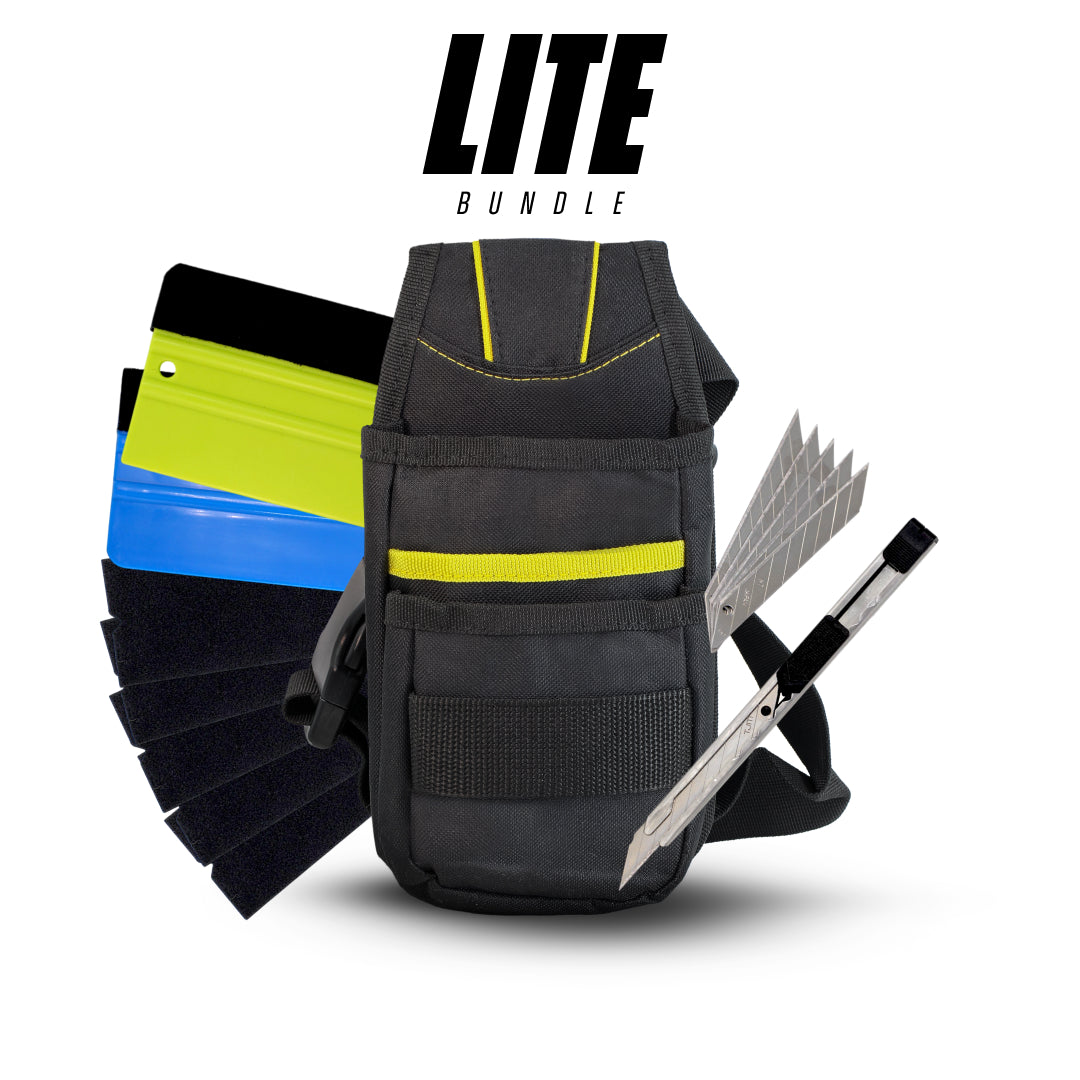
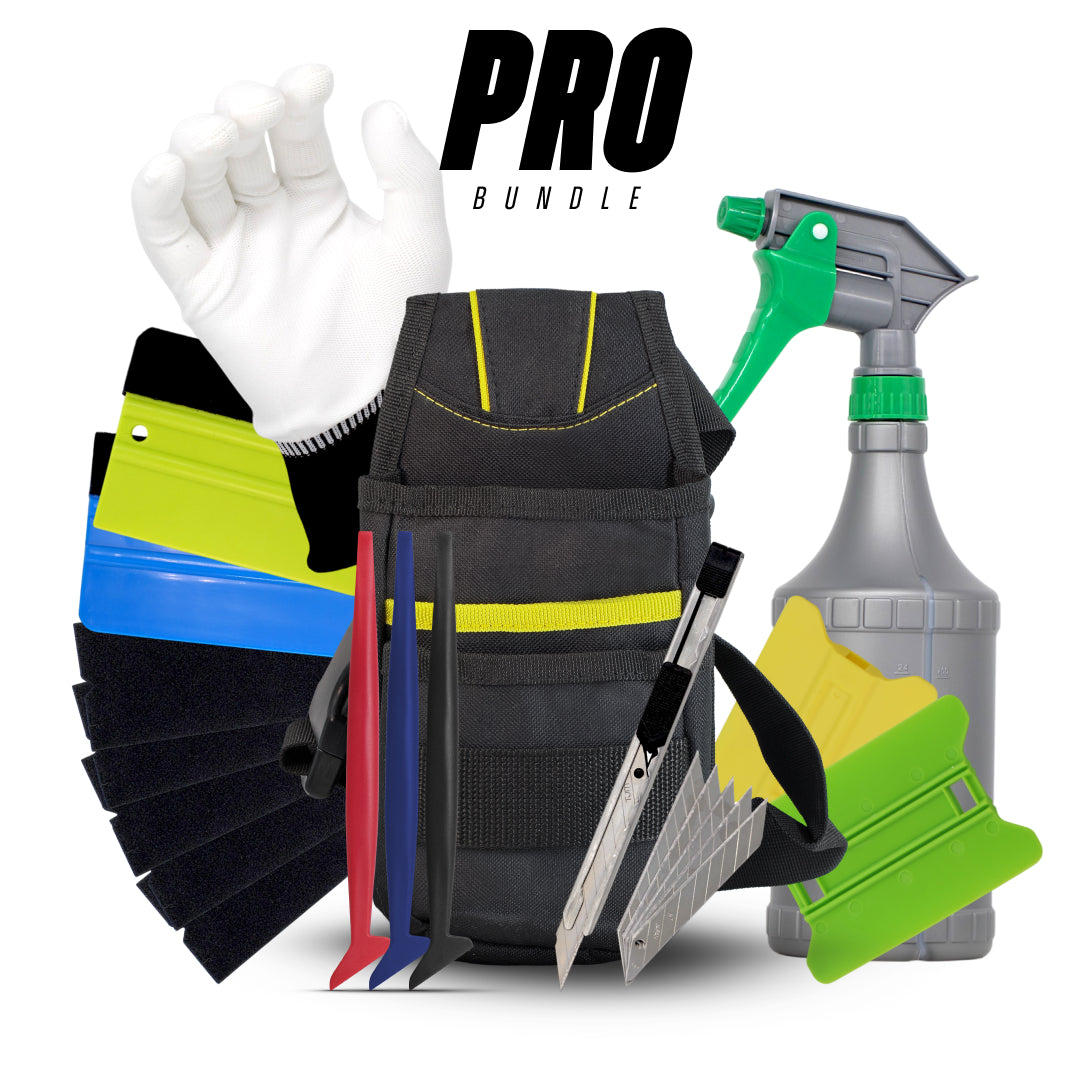
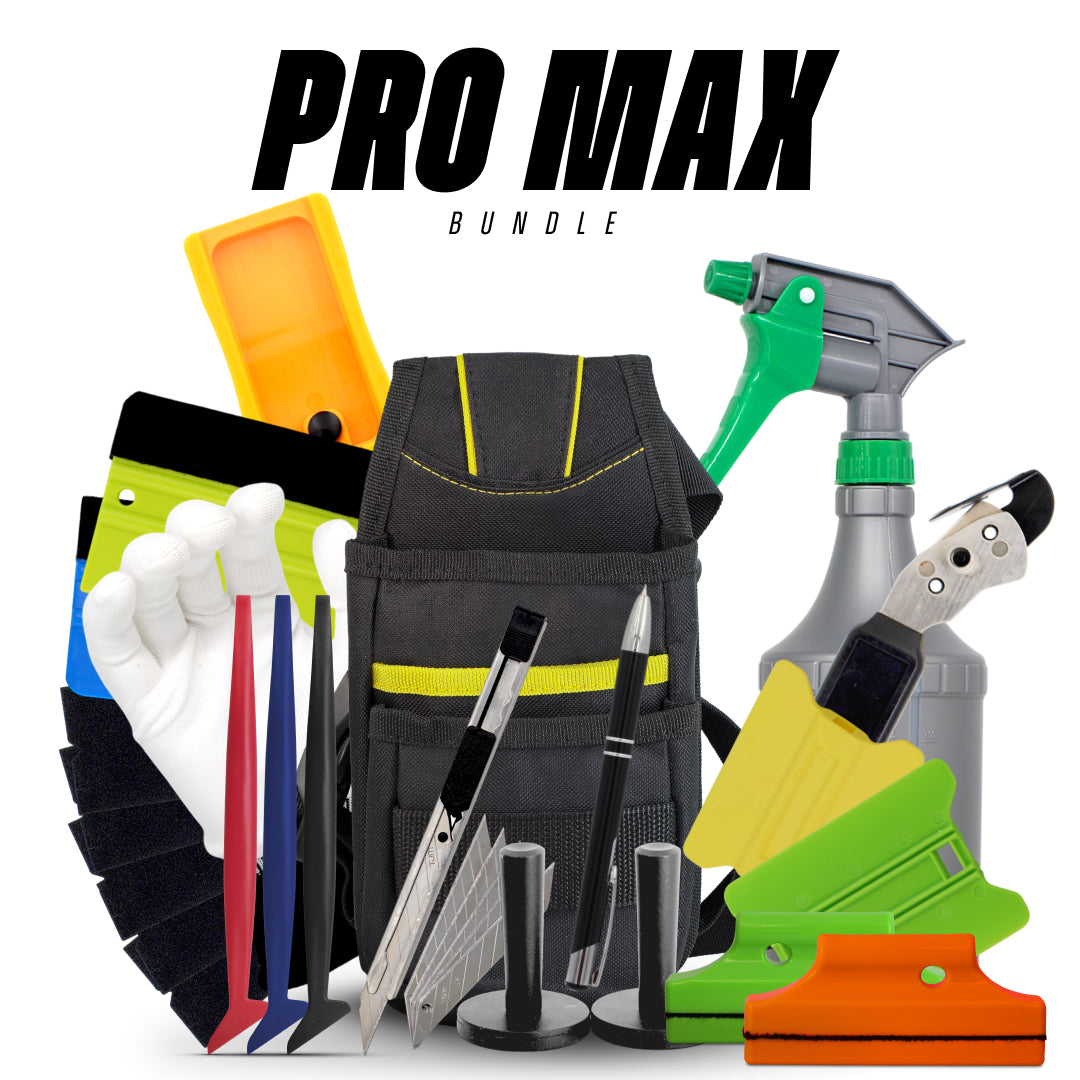
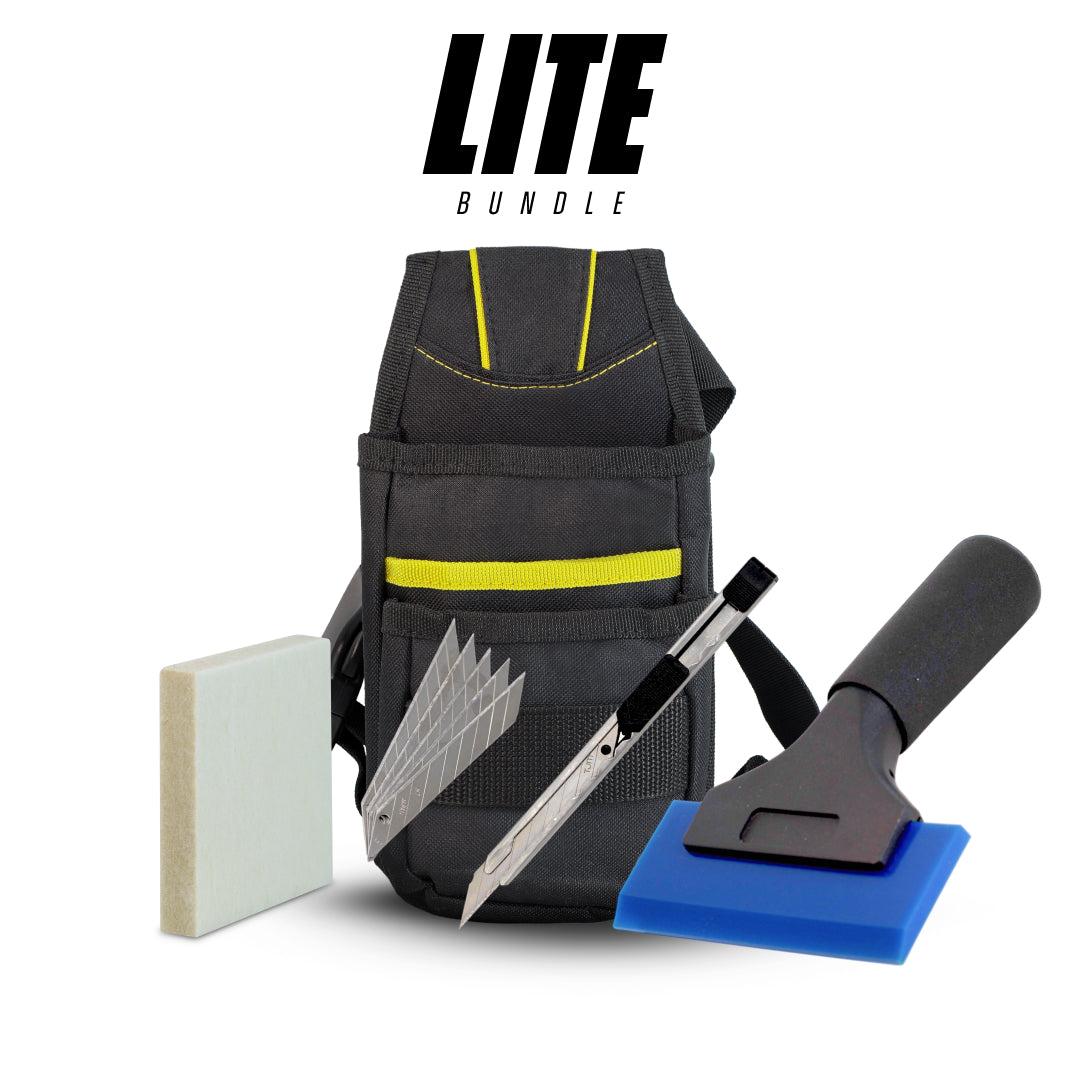
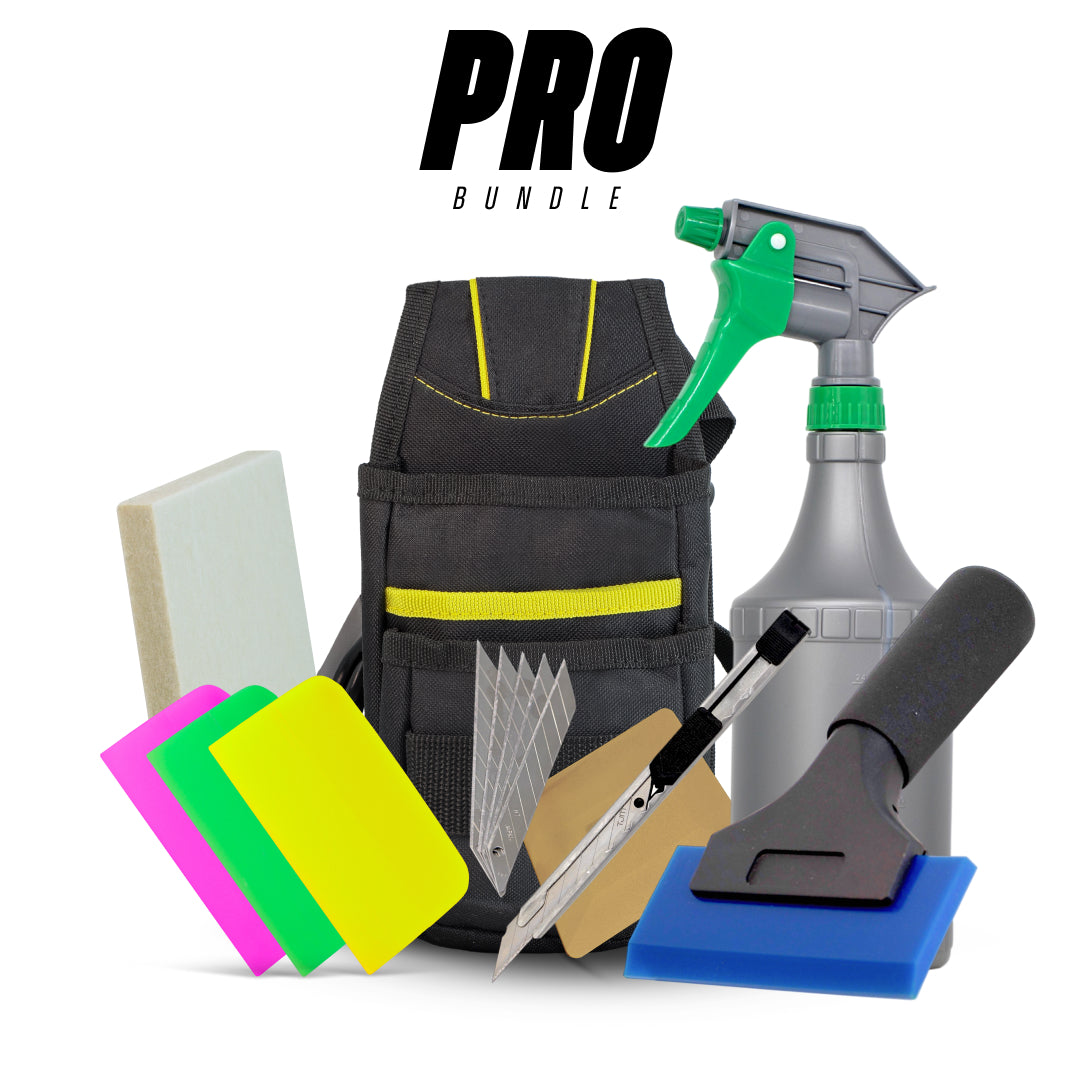
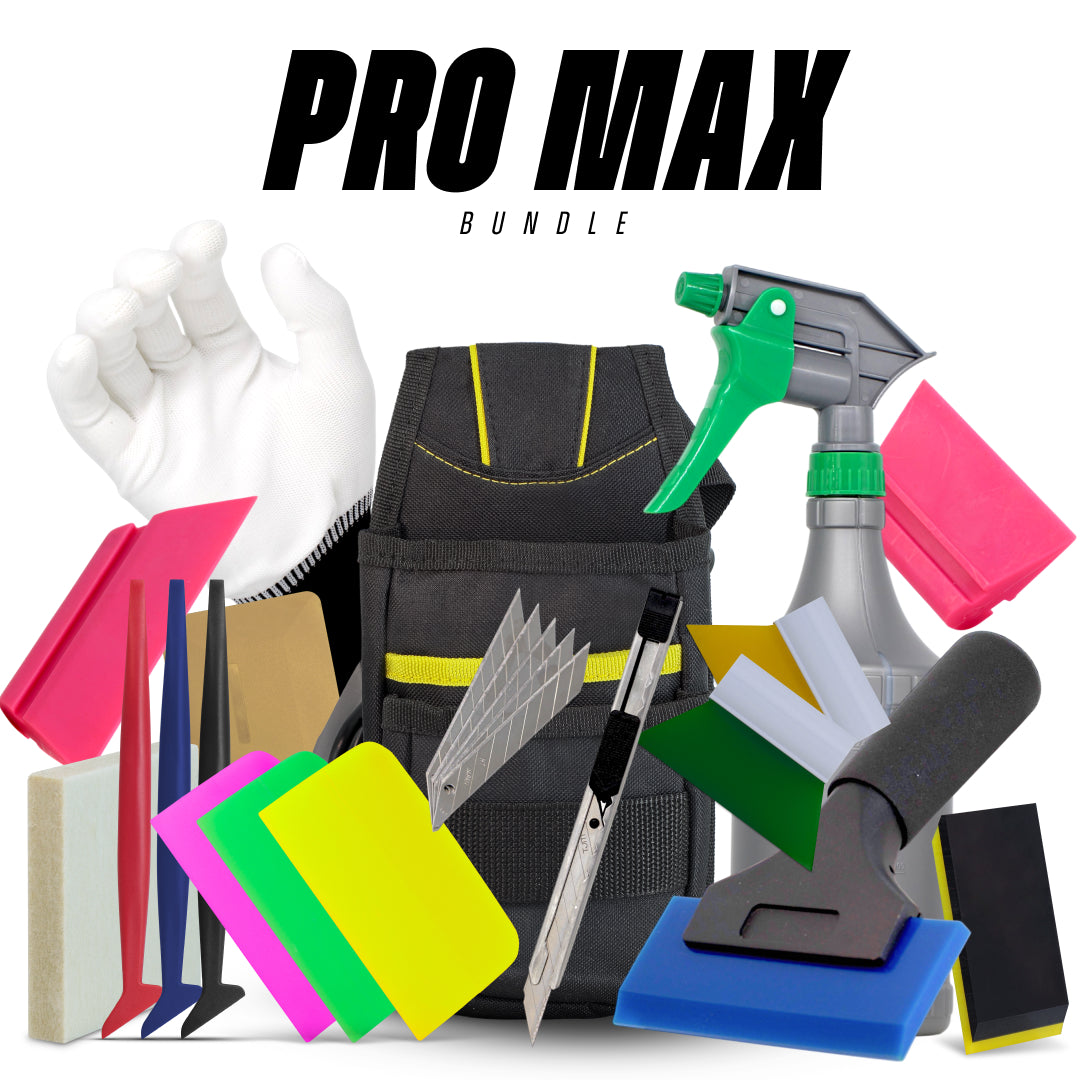
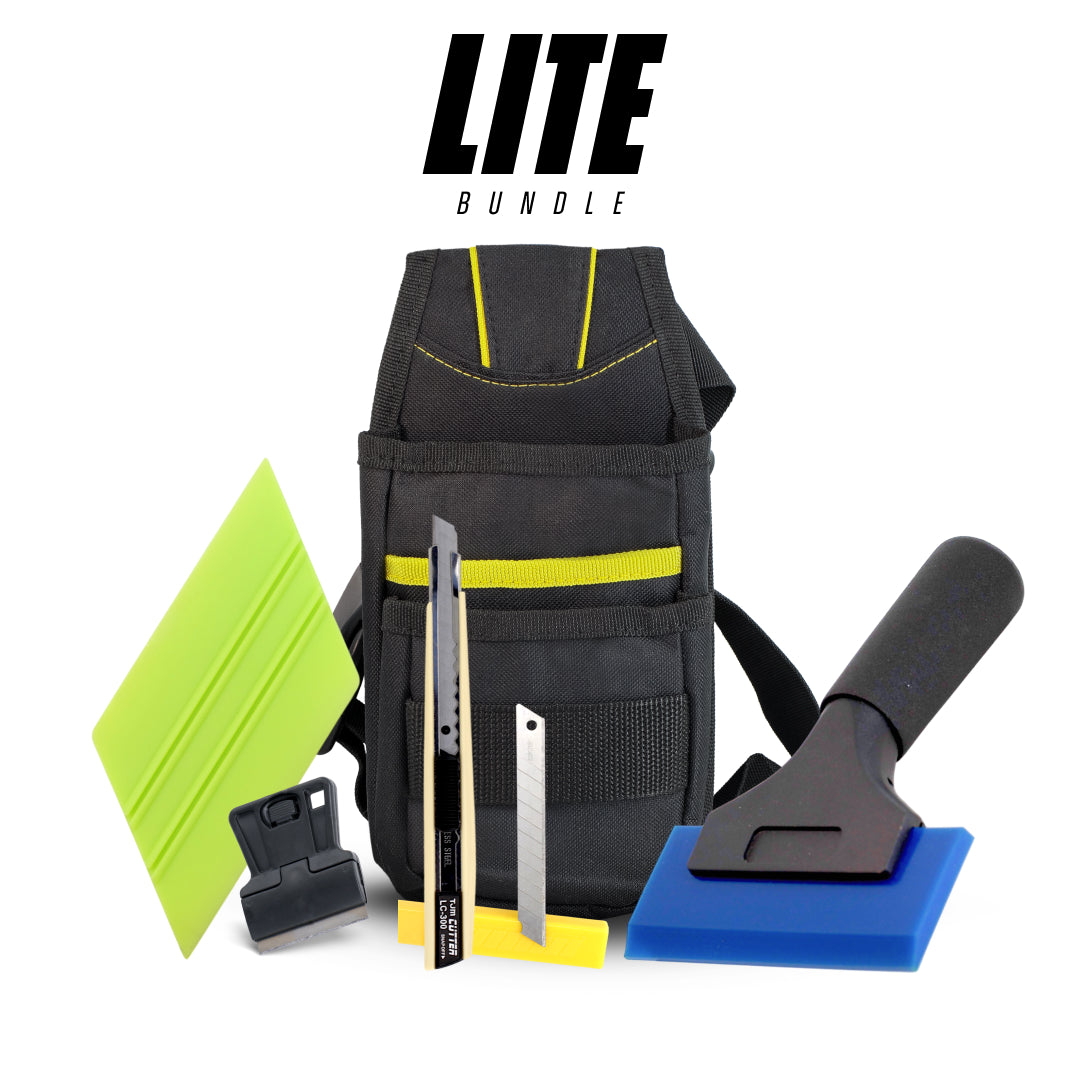
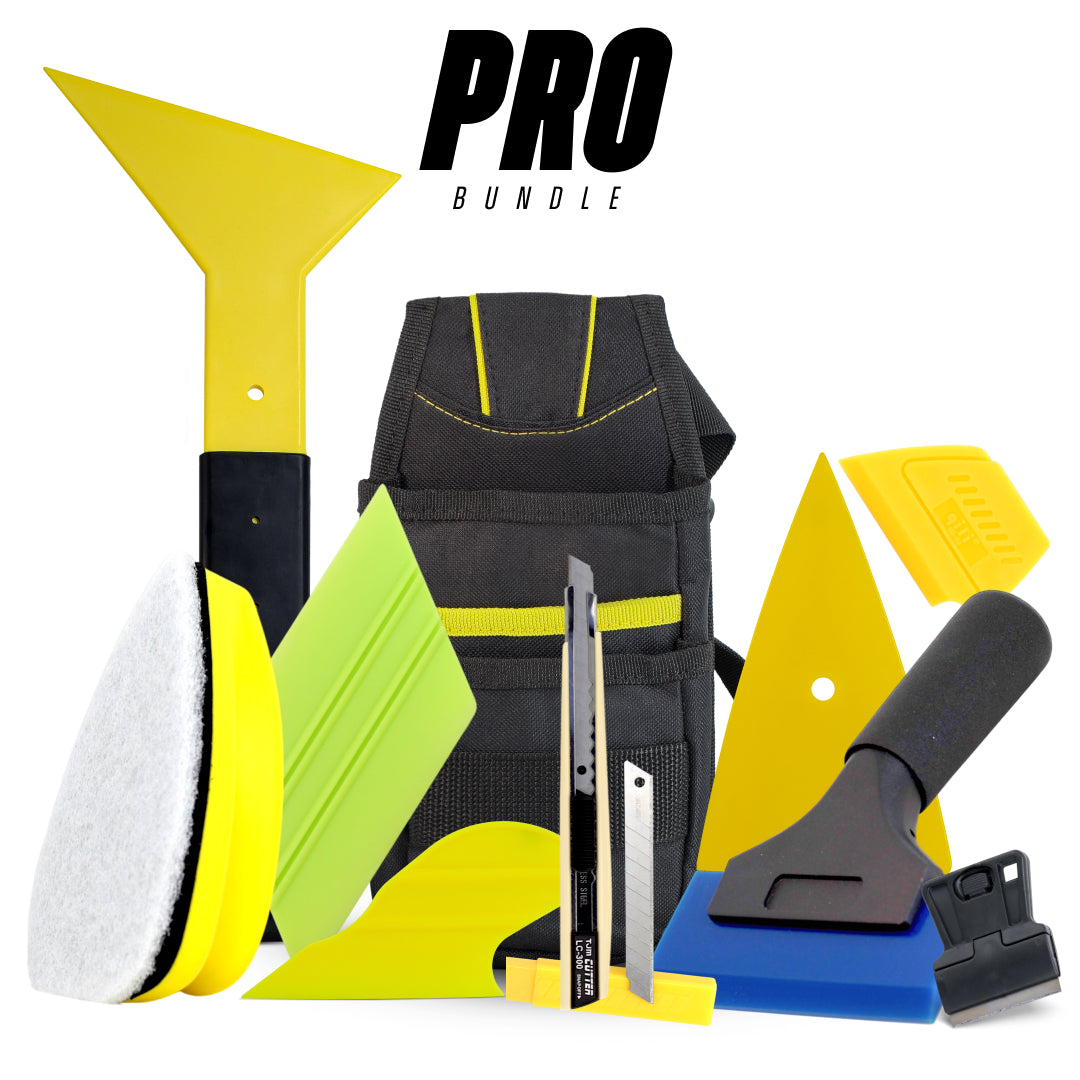
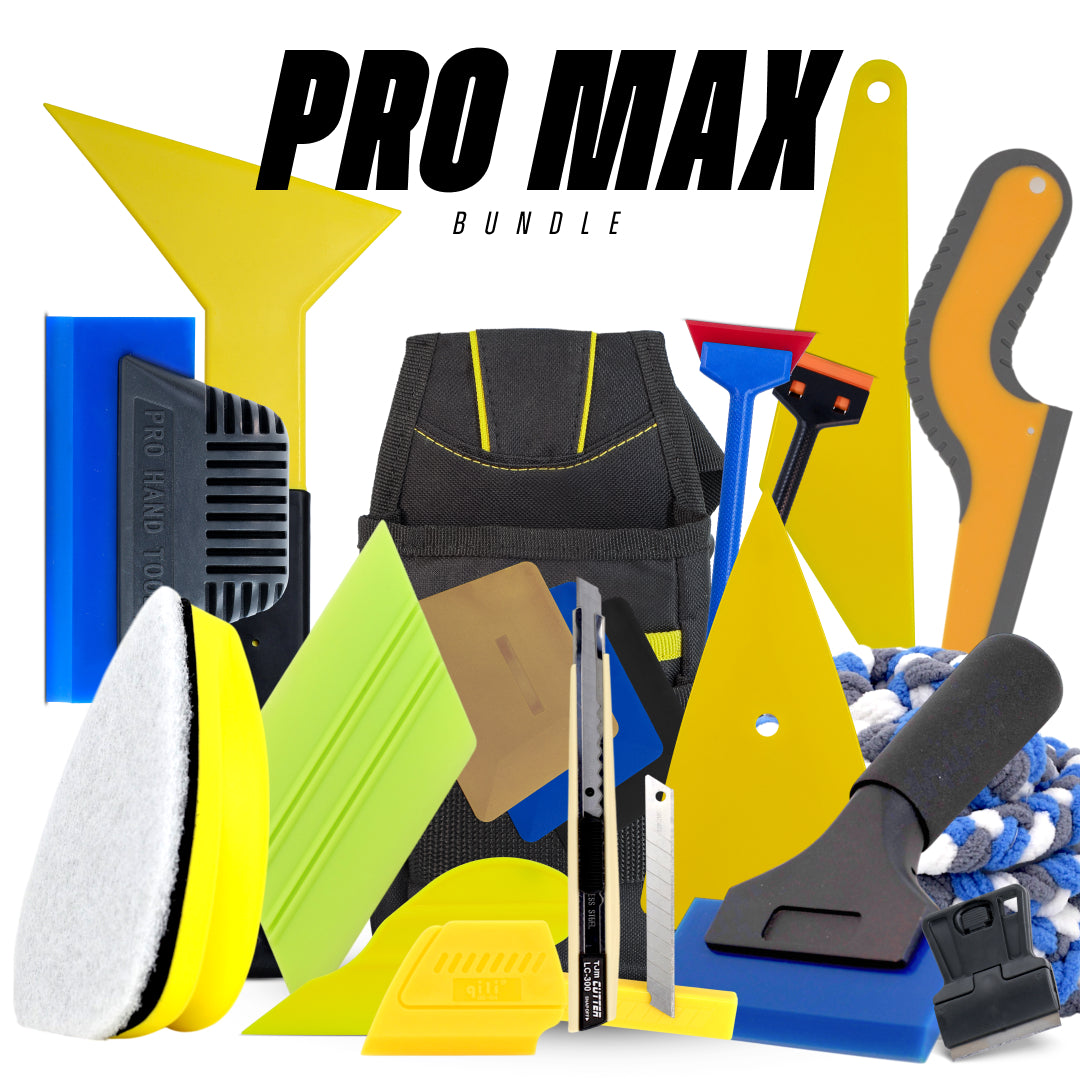
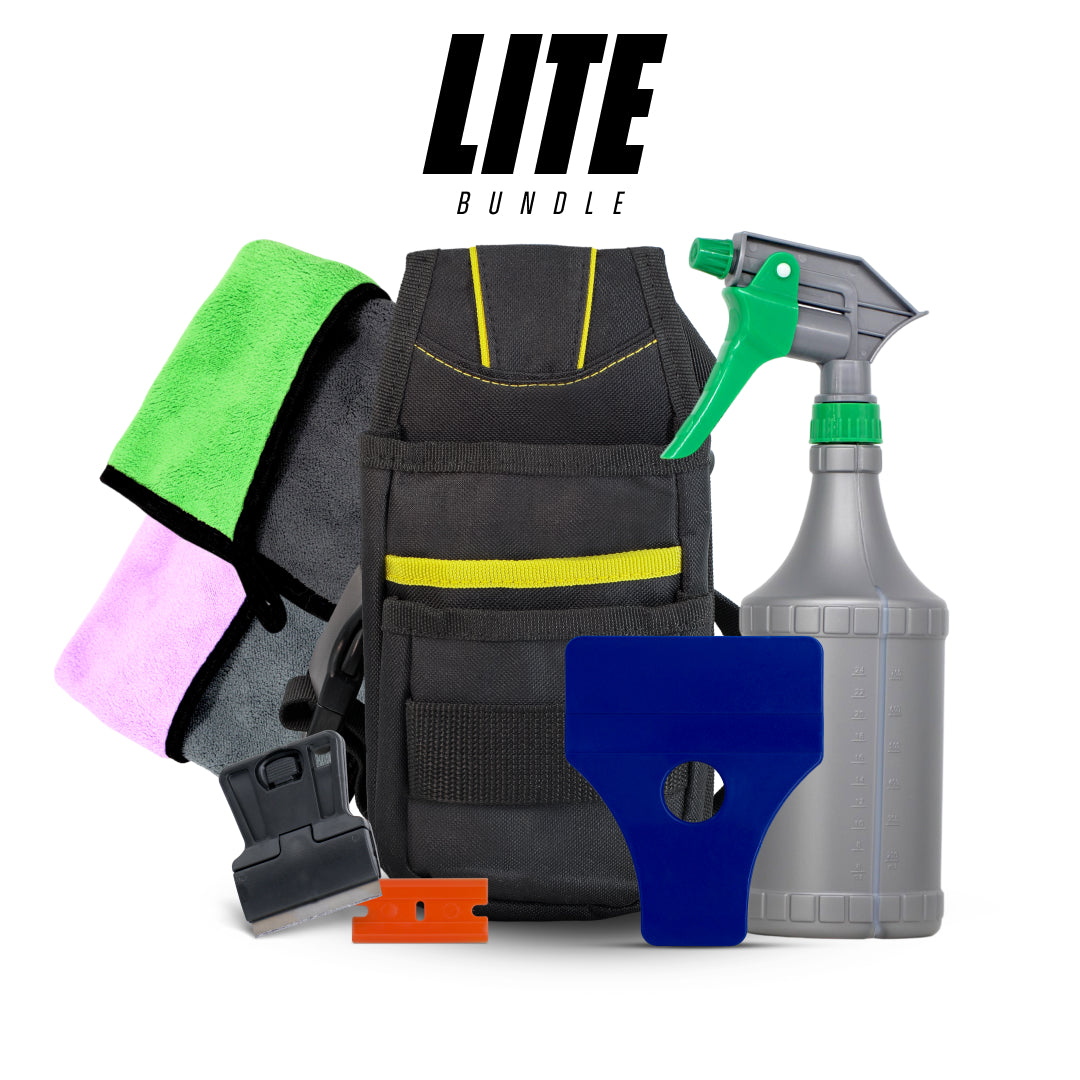
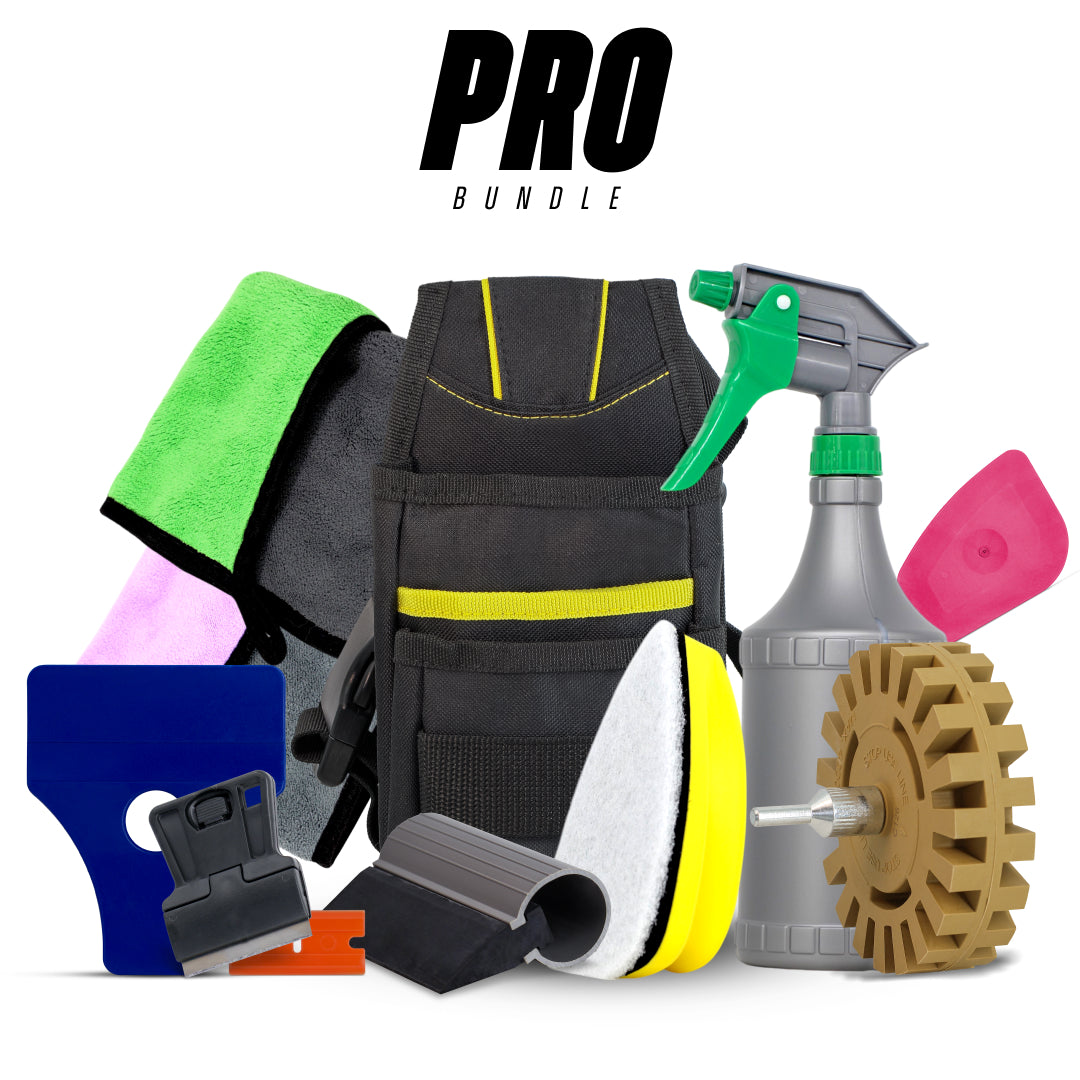
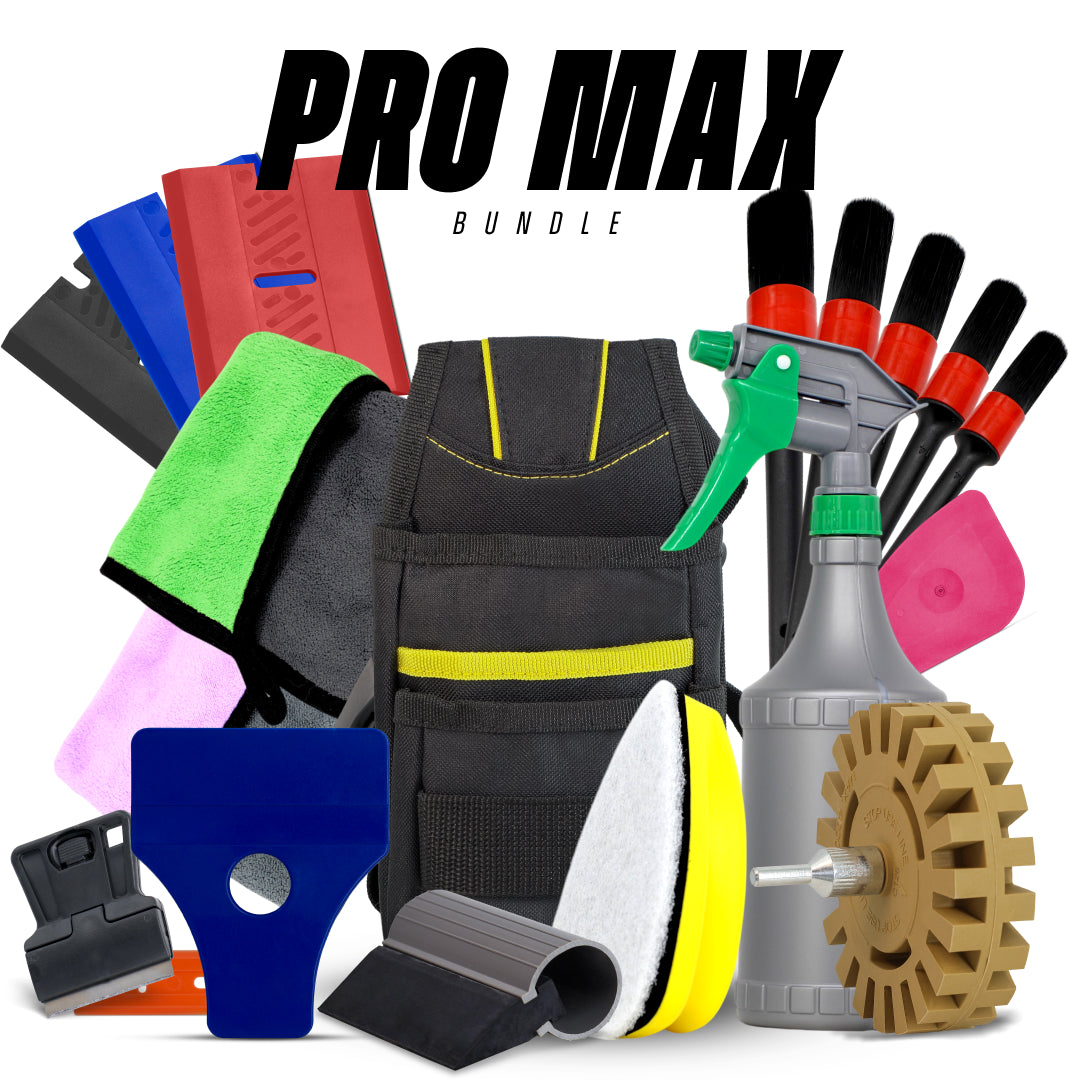
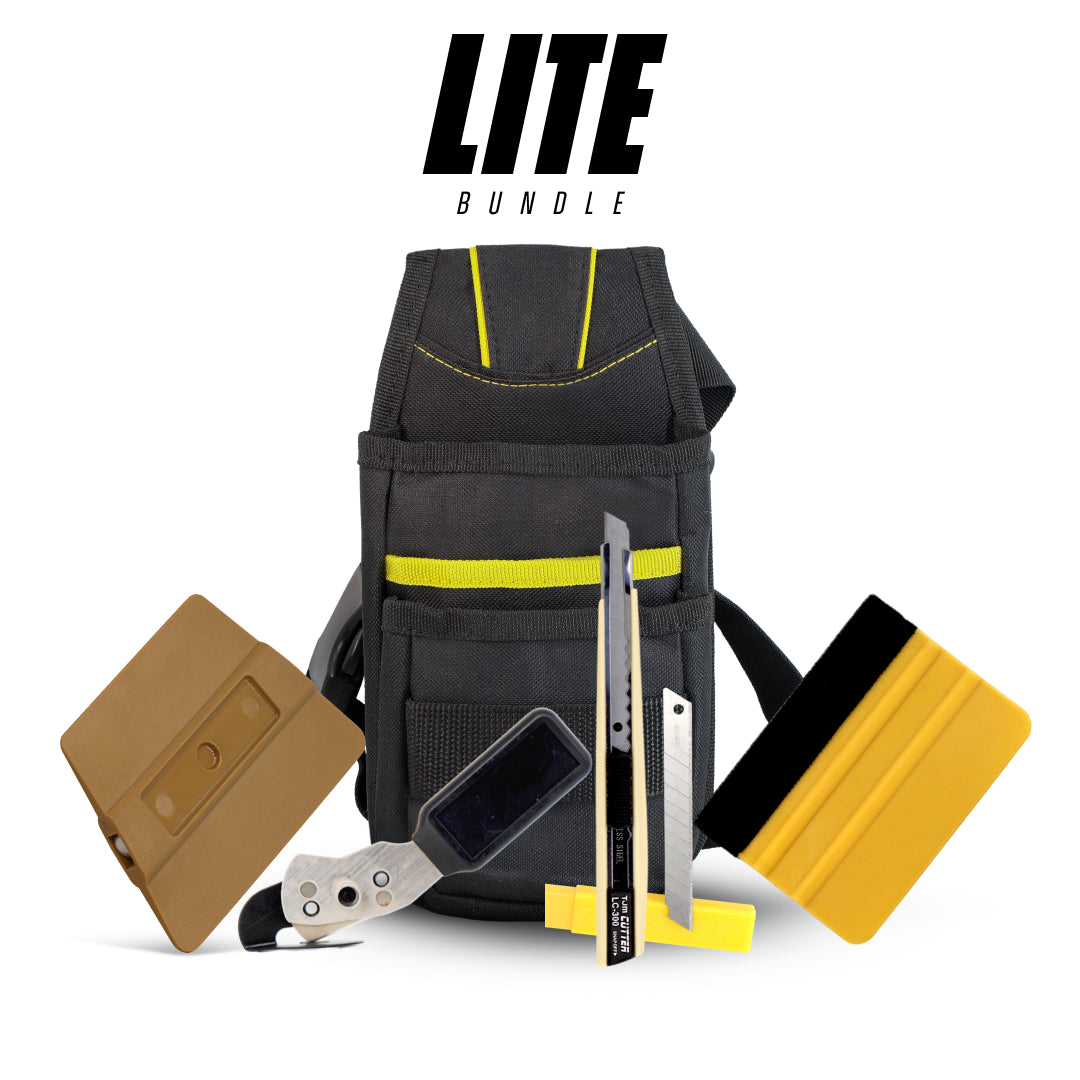
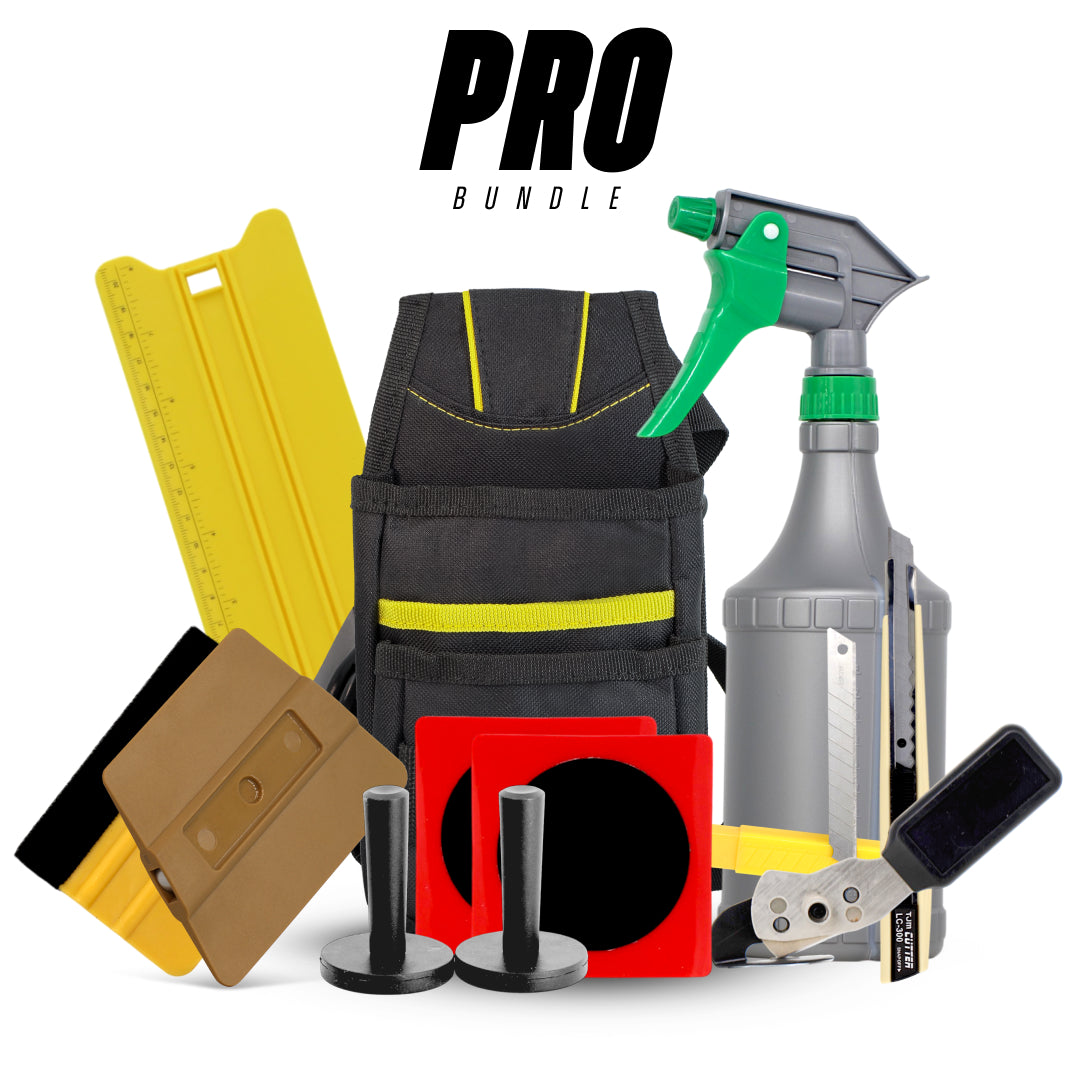
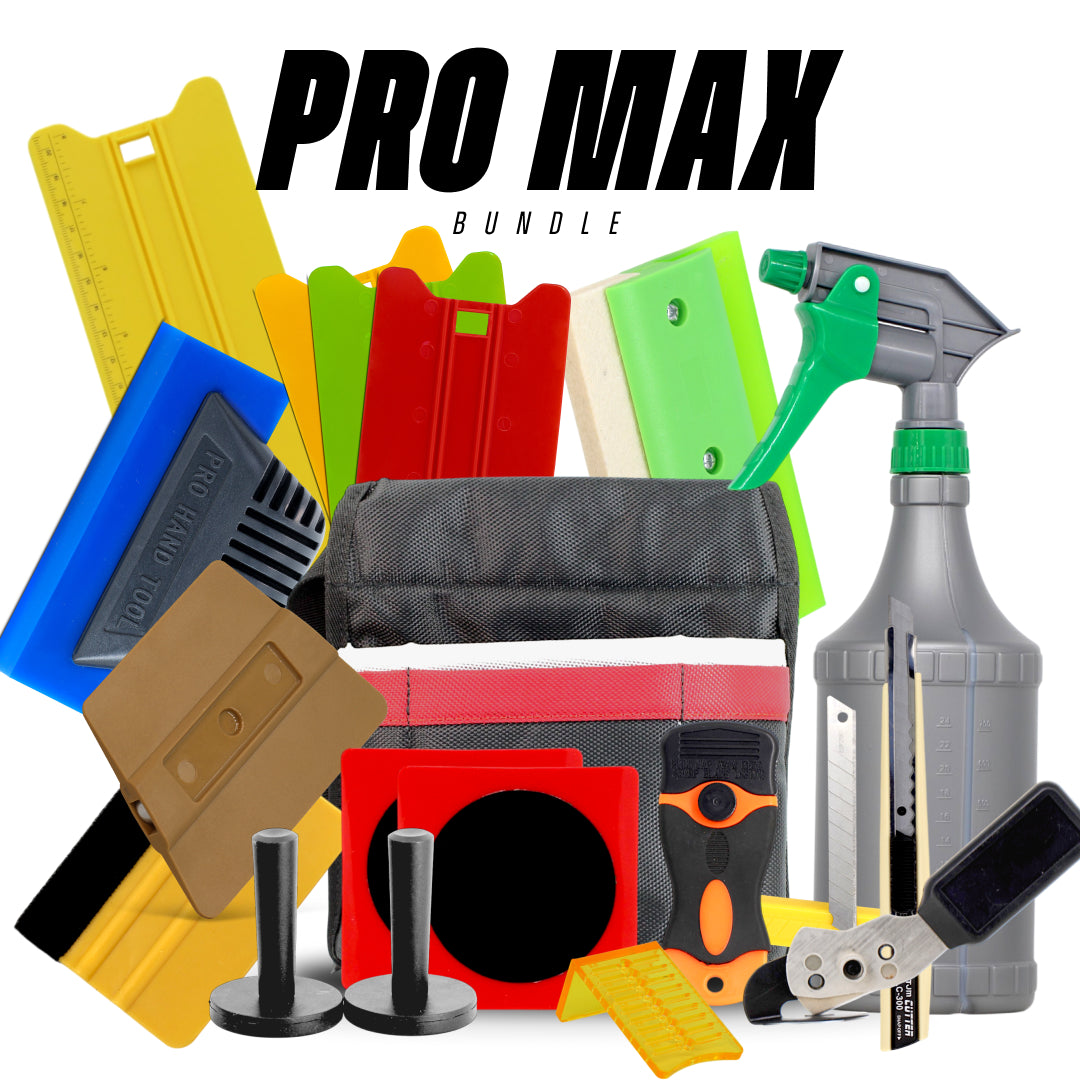
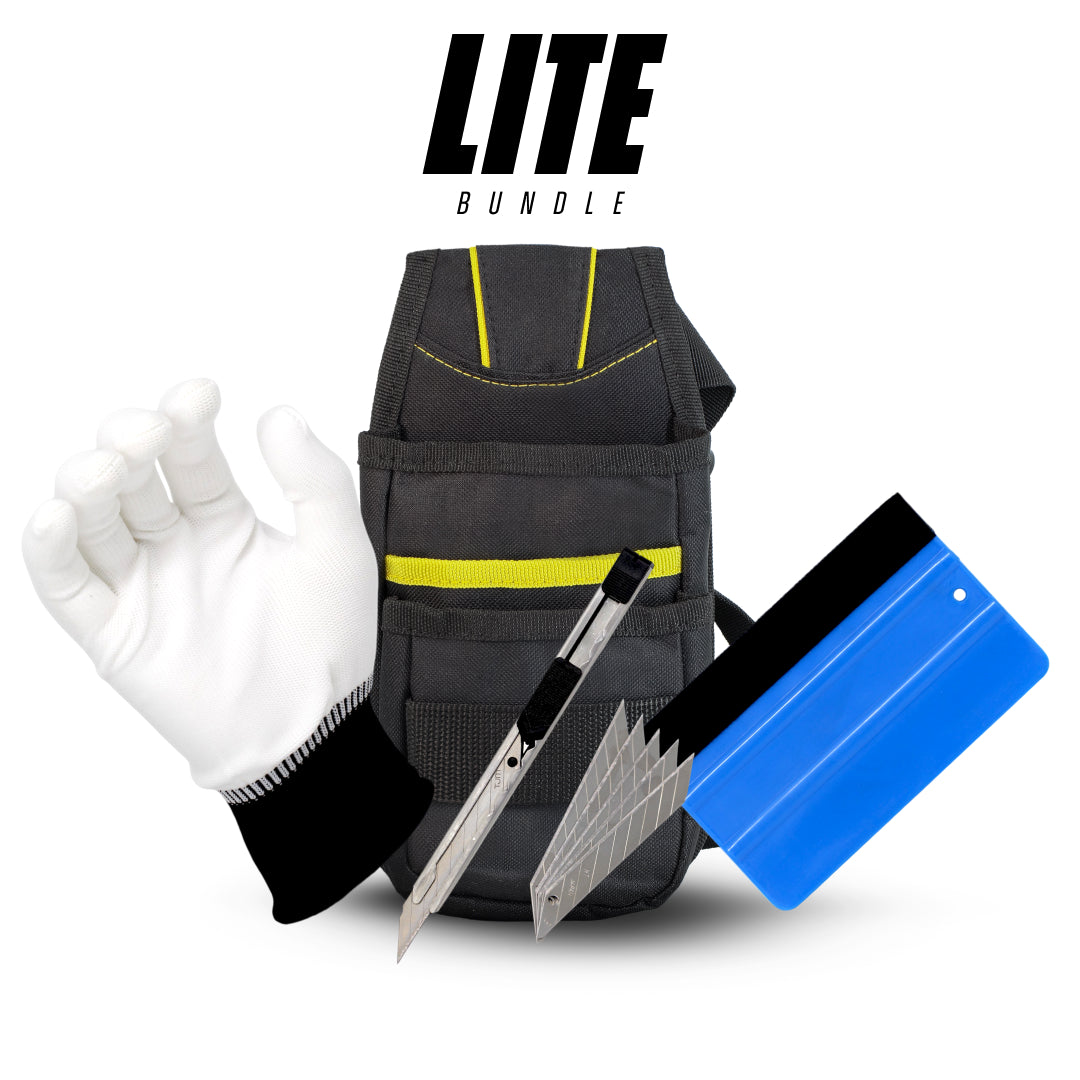
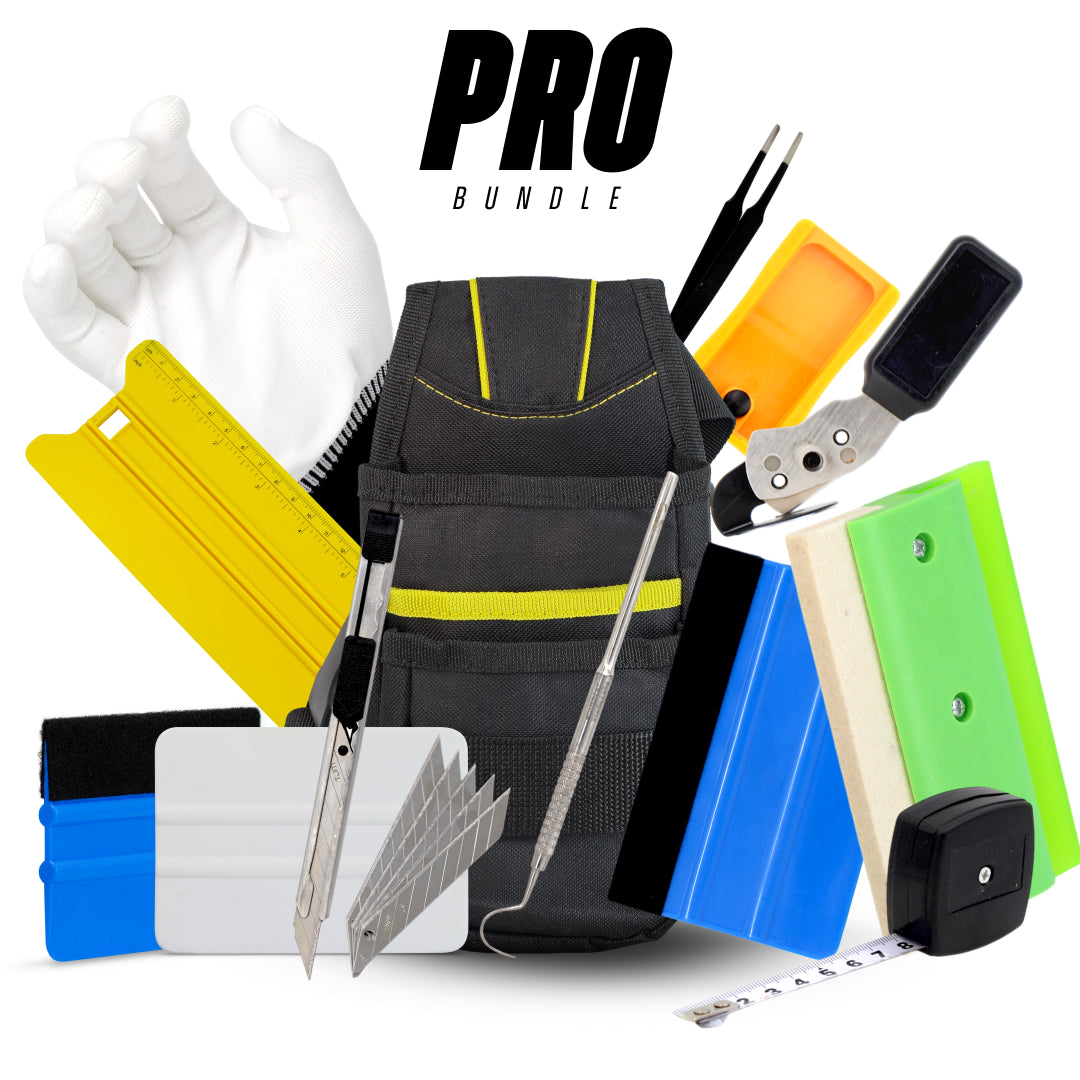
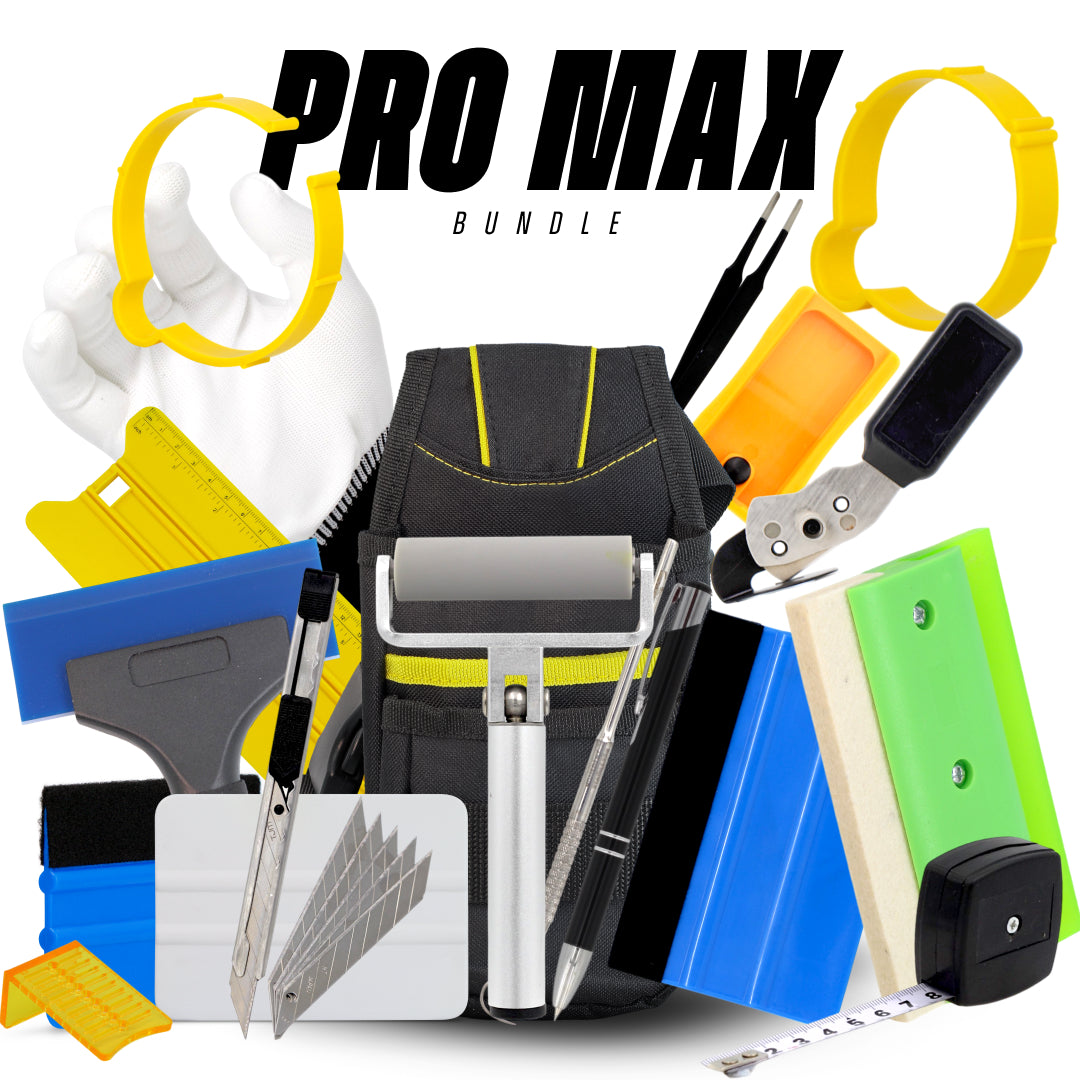


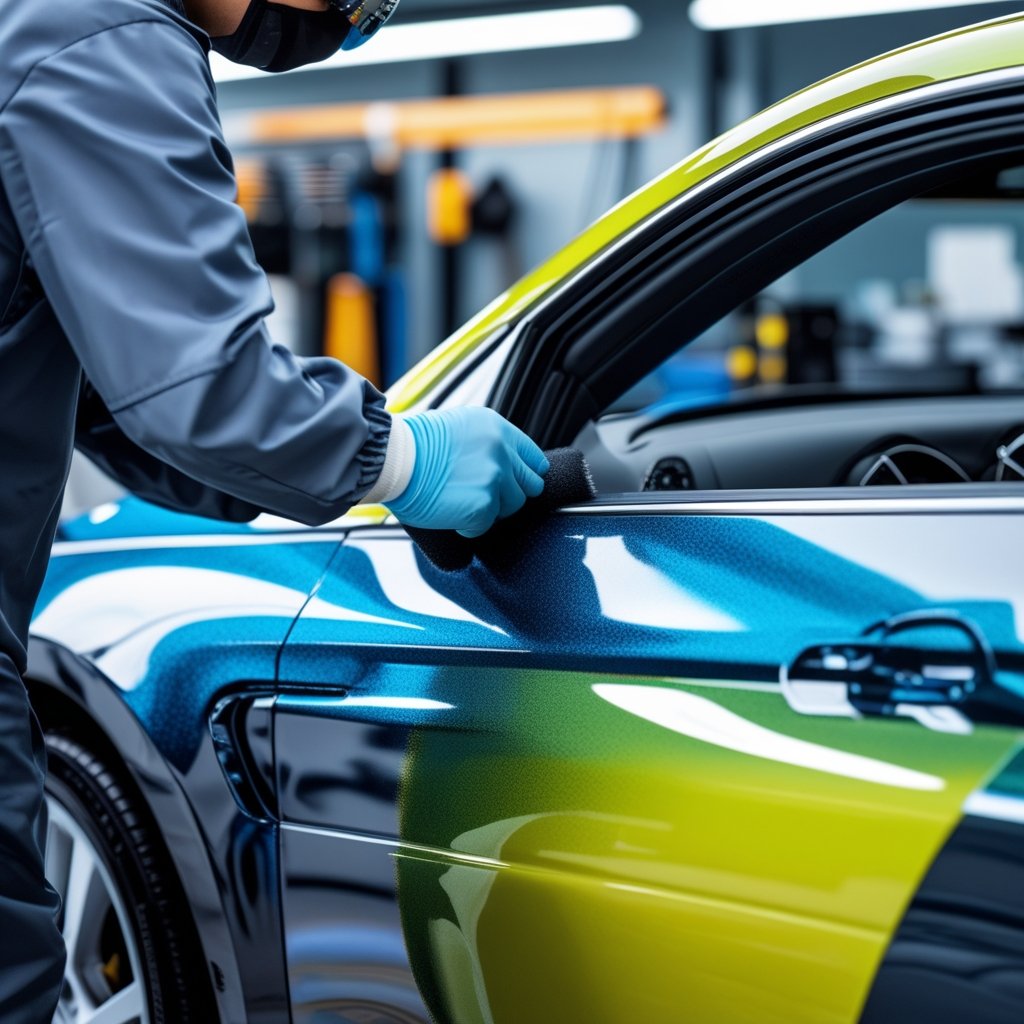
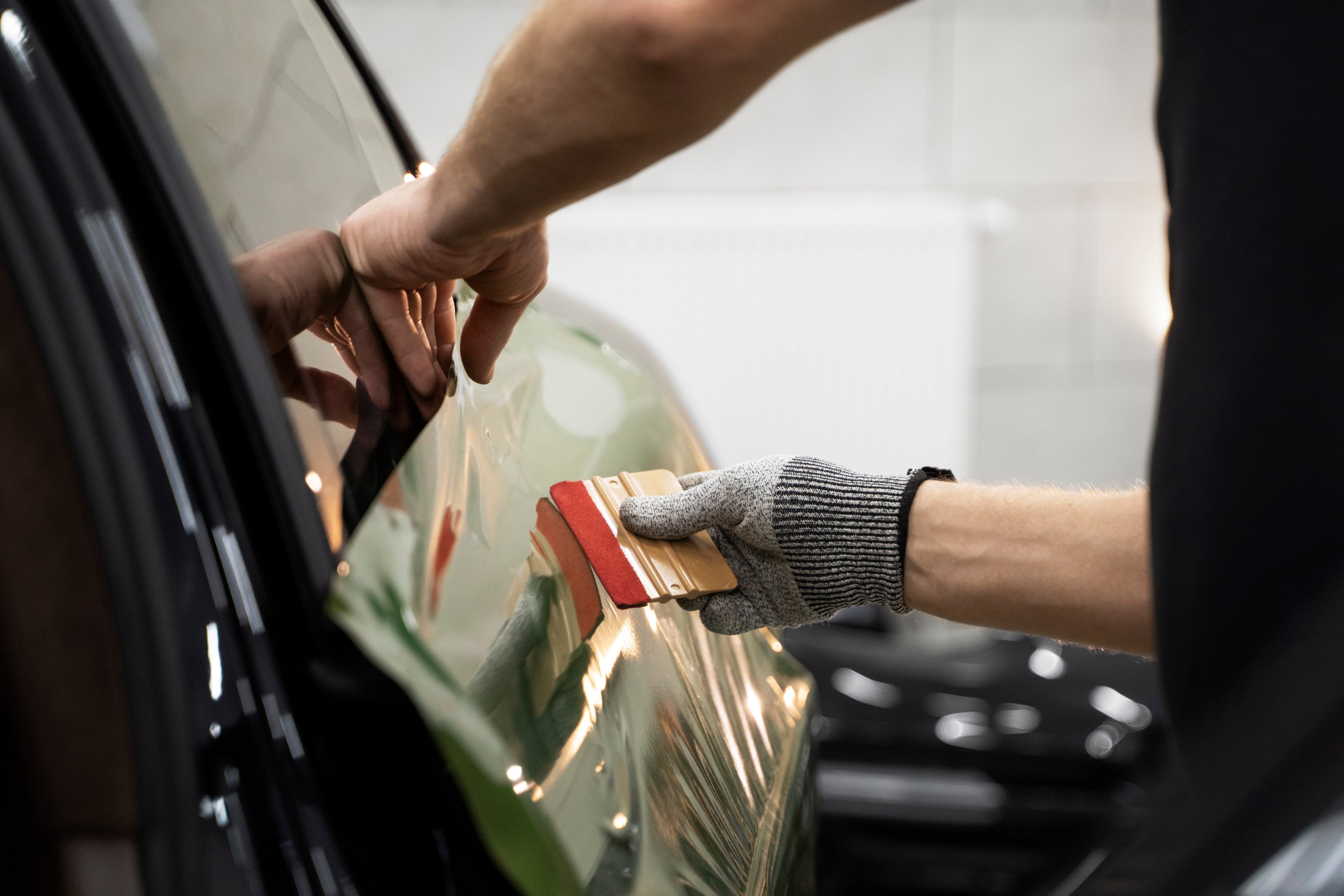
Leave a comment
This site is protected by hCaptcha and the hCaptcha Privacy Policy and Terms of Service apply.